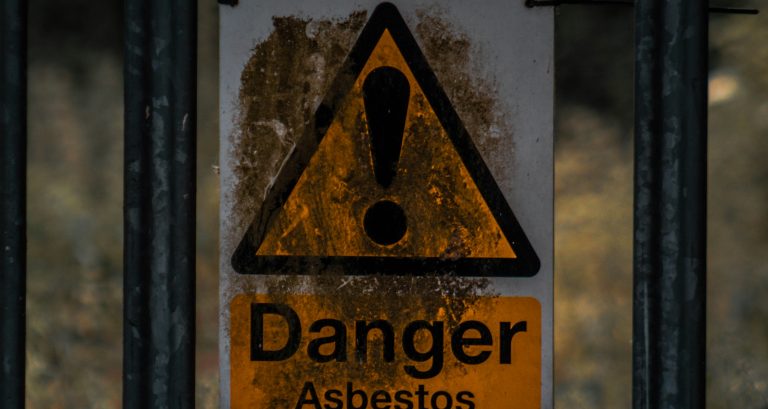Chemical Lobby Tightens Its Grip on EPA, Undermining Asbestos Ban and Putting Lives at Risk
WASHINGTON, D.C. — A former top official with the American Chemistry Council, the powerful lobbying group representing major chemical manufacturers, is leading an effort within the U.S. Environmental Protection Agency (EPA) to halt a ban on the ongoing uses of asbestos. Exposure to asbestos is known to cause cancer and is linked to more than 40,000 deaths in the U.S. each year. In a court filing yesterday, Lynn Ann Dekleva, EPA’s Deputy Assistant Administrator for the Office of Chemical Safety and Pollution Prevention, declared that EPA will put the asbestos ban in limbo for 30 months or longer. According to her LinkedIn profile, Dekleva previously served as Senior Director at American Chemistry Council, where she oversaw the organization’s policy development and advocacy strategy.
“This latest move by Administrator Lee Zeldin and EPA is yet another alarming signal that this administration is operating without limits as they dole out favors to polluter lobbyists without regard for the health and well-being of people living in the US,” said Michelle Roos, Executive Director of the Environmental Protection Network. “By siding with corporate polluters and willfully ignoring decades of public health evidence, they are dismantling life-saving protections in service of an agenda that can only be described as a campaign to ‘Make America Toxic Again.’ This is not environmental policy; it is a reckless abandonment.”
EPA’s actions undermine long-standing agency efforts to eliminate a well-documented carcinogen and ignore the foundational principles of science-based public health protection. Chrysotile asbestos, the only form still used commercially in the U.S., is a deadly material. Peer-reviewed scientific consensus, spanning multiple decades and disciplines, has established beyond question that exposure to chrysotile causes mesothelioma, lung cancer, asbestosis, and a range of other diseases. Unlike other toxic chemicals, there is no threshold below which exposure can be considered safe. Once inhaled, asbestos fibers can persist in the body for decades, inflicting progressive and irreversible damage.
The 2024 EPA rule, promulgated under the amended Toxic Substances Control Act (TSCA), responded directly to TSCA’s mandate to protect susceptible populations, including workers, first responders, and residents in contaminated environments. That rule recognized what agency leadership, public health authorities, and scientific experts have affirmed for decades: eliminating the import and use of asbestos and asbestos-containing products is essential to preventing future exposure, disease, and death.
EPA’s recent court filing specifically targets critical provisions restricting asbestos in chlorine manufacturing and industrial gasket installations, sectors where safer alternatives are available and well-established.
The United States remains one of the few industrialized nations that has not imposed a comprehensive ban on asbestos. This failure to act decisively places the burden of preventable disease on future generations. The science is unambiguous; the alternatives are available, and the regulatory tools are in hand. Any further delay is indefensible.
###
ABOUT THE ENVIRONMENTAL PROTECTION NETWORK
Founded in 2017, the Environmental Protection Network harnesses the expertise of more than 650 former EPA career staff and confirmation-level appointees from Democratic and Republican administrations to provide the unique perspective of former scientists and regulators with decades of historical knowledge and subject matter expertise.

